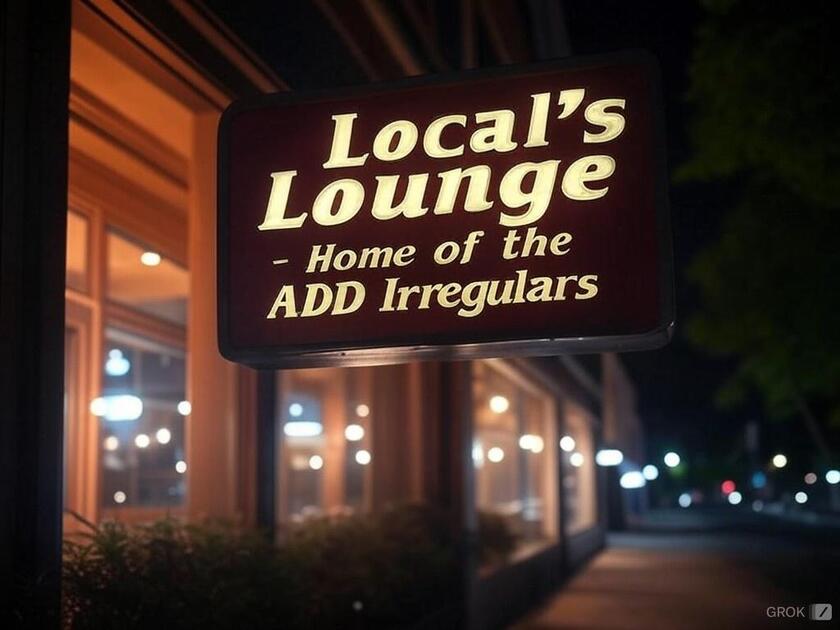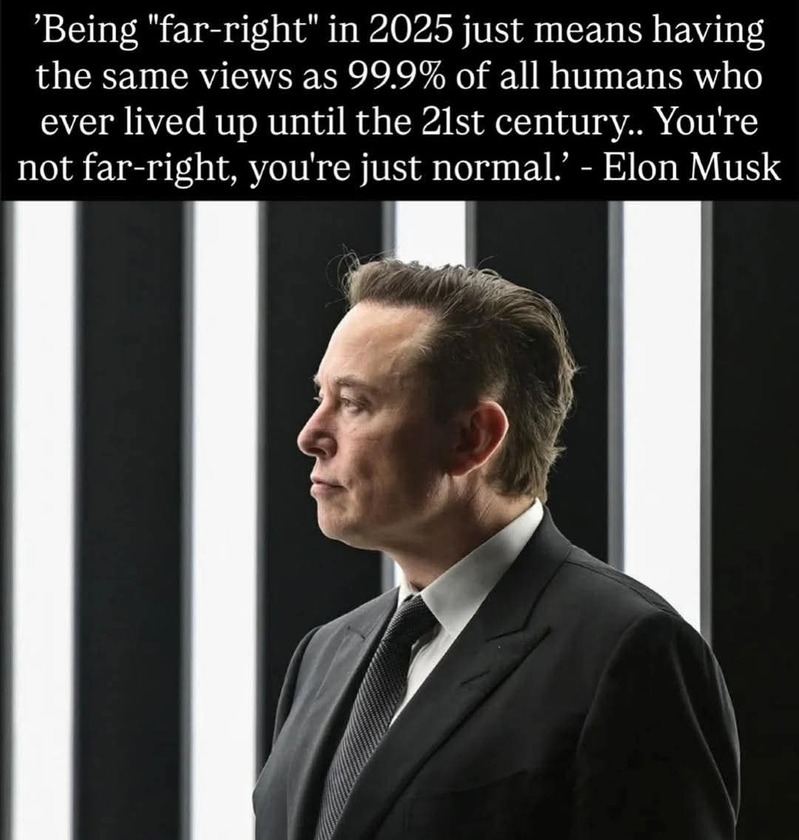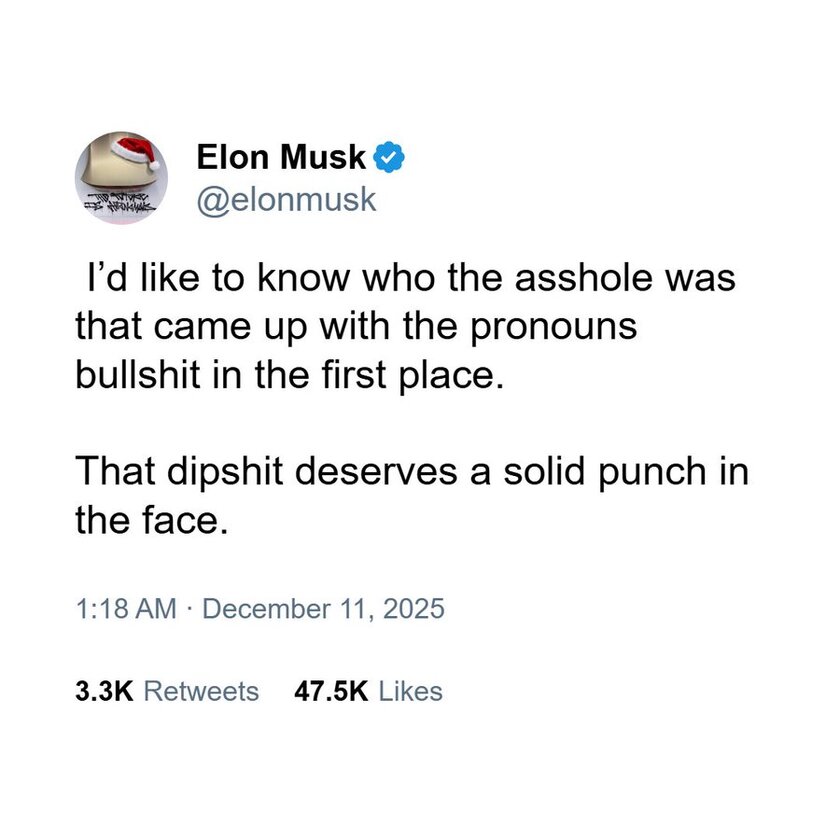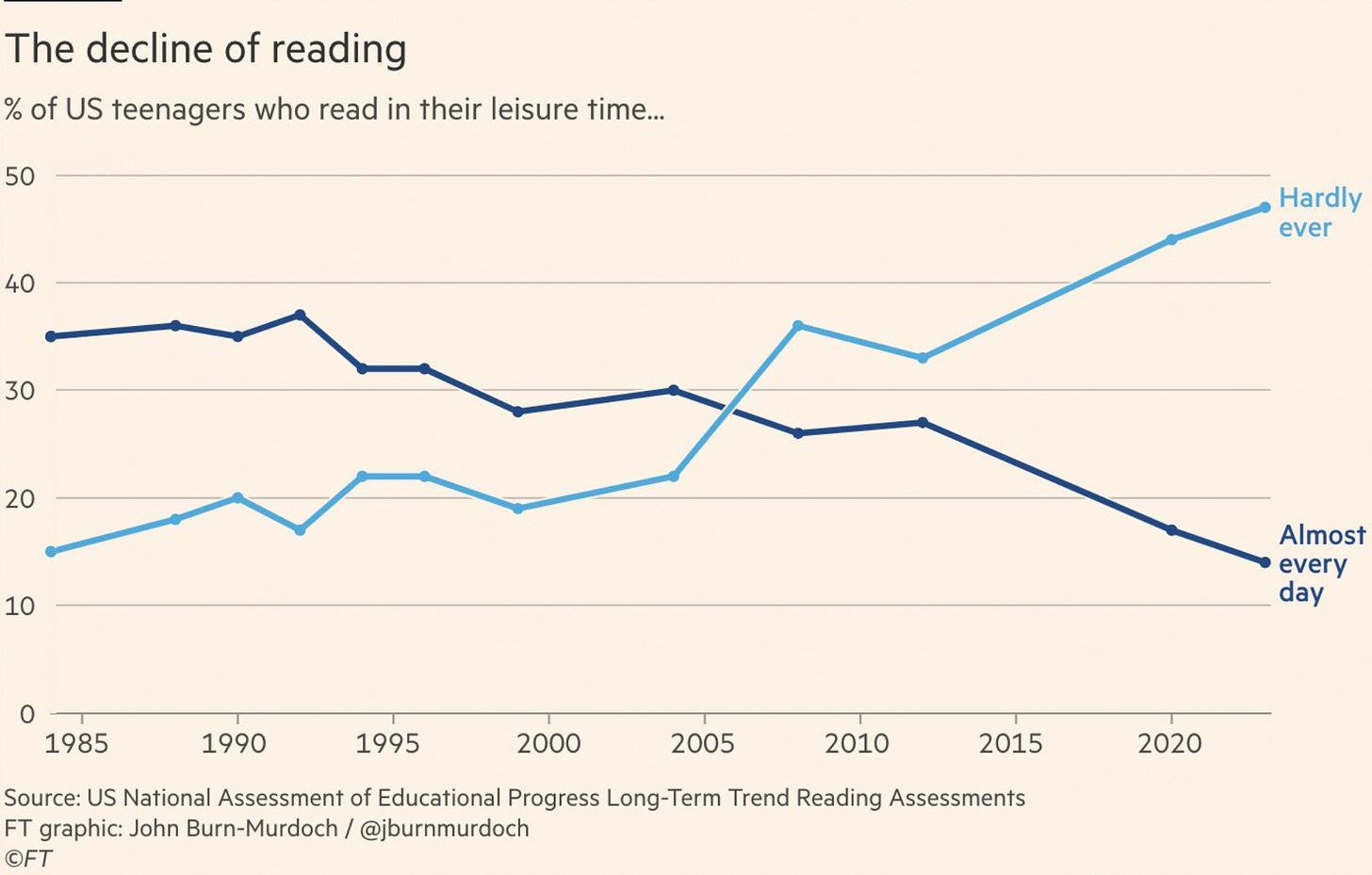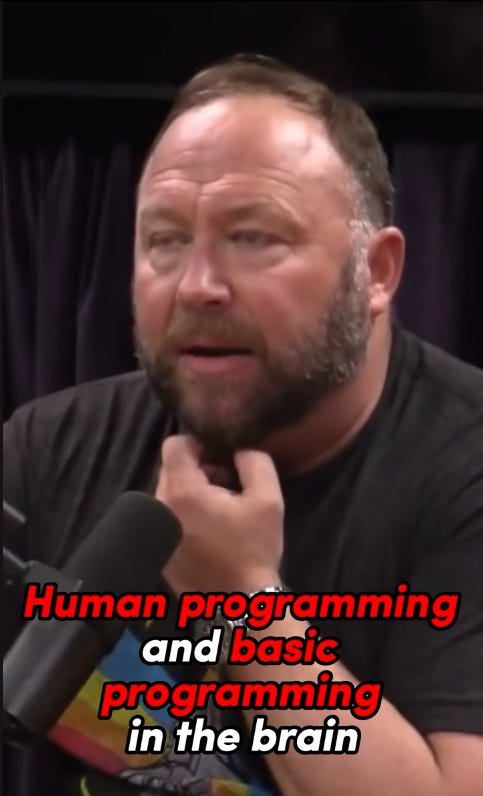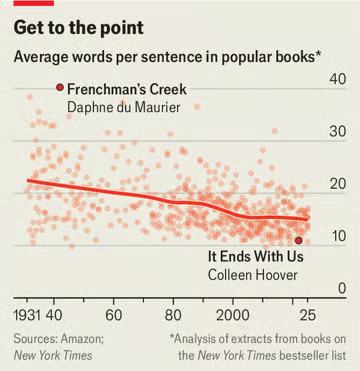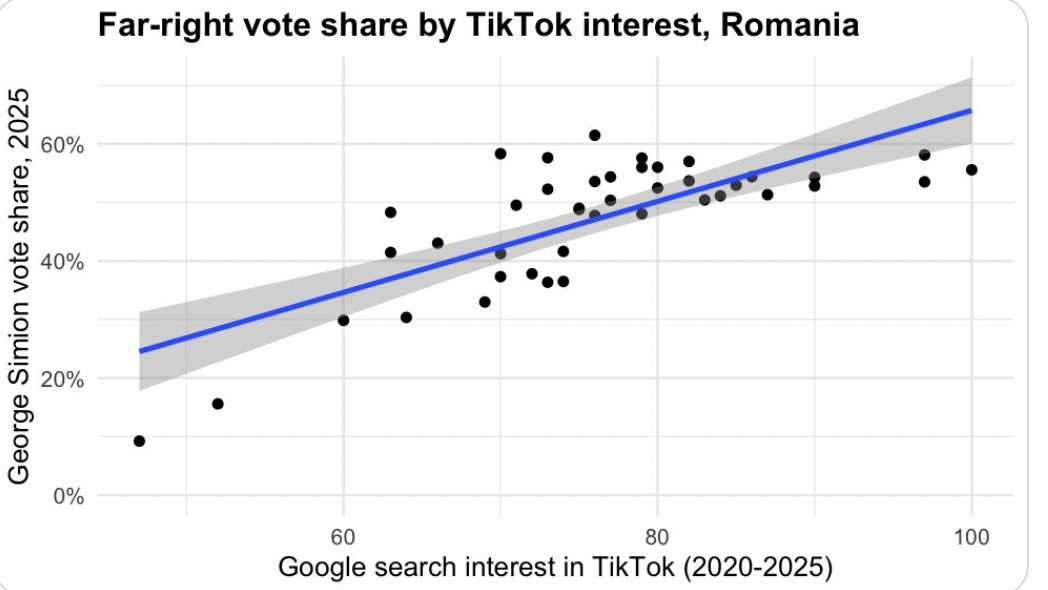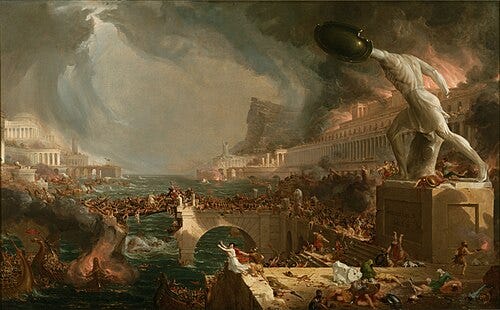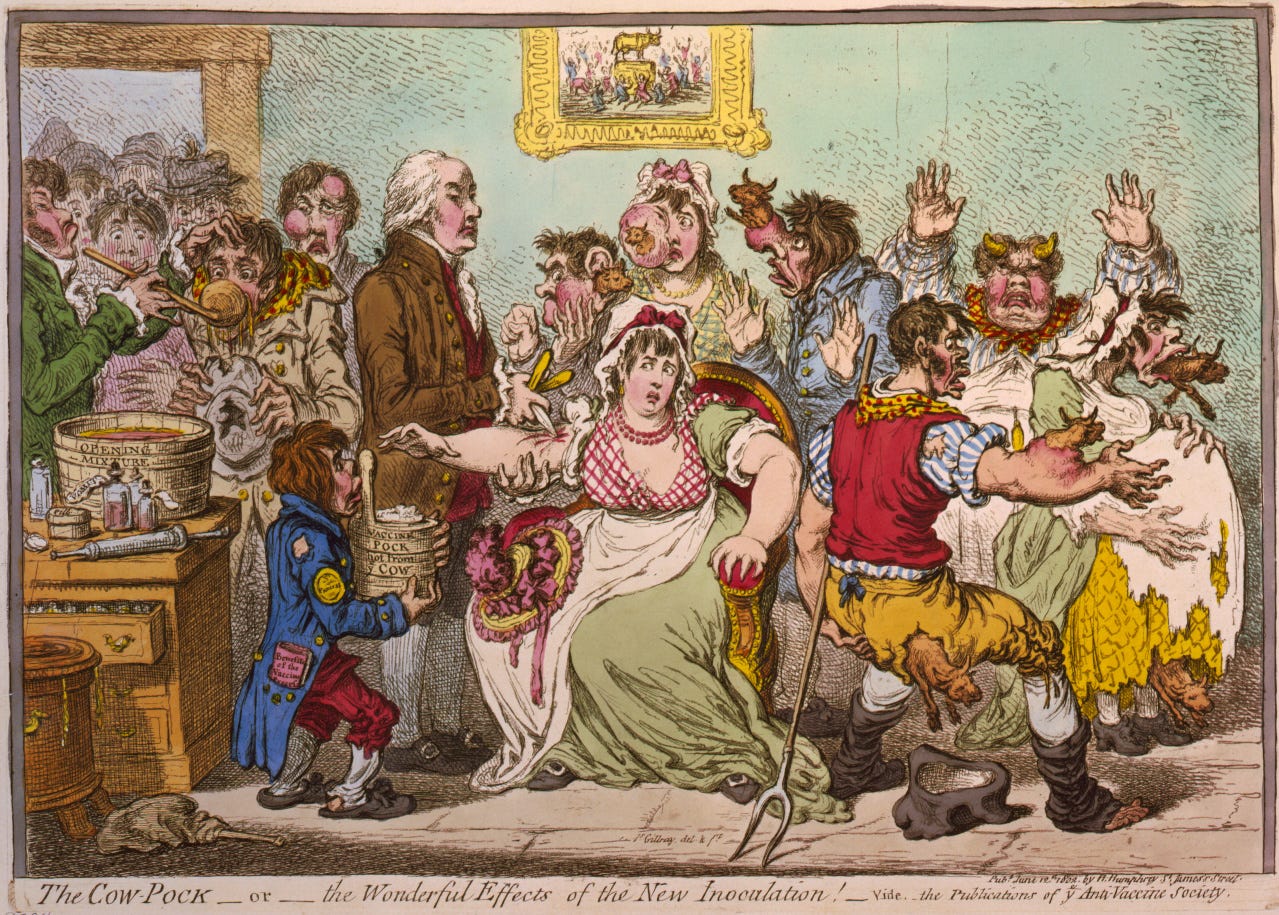What is Happening on the Right. And Why.
I remember reading a theory of history a long time ago which gave a persuasive explanation for why human societies seem to repeat the same mistakes over and over. Every generation, it said, only really learns what to do, how to think and which pitfalls to avoid from the two preceding generations with which it has direct contact. We don’t learn lessons from history so much as we learn them from our parents and grandparents. For proof of this, if you’re a man my age, you are likely to know a fair bit about WW2 and almost nothing about WWI. No one reading this who is not explicitly a history nerd will know much more than the meaningless basics about the Napoleonic Wars.
In other words, if history “repeats itself” or at least “rhymes”, it is because we are repeating the mistakes of our great grandparents, i.e. people who lived 80-90 years ago and could not personally warn us. As the saying goes, those who do not know history are doomed to repeat it, and those who do know history are doomed to watch others repeat it.
This is why, I think, many people cannot see what is happening on the right following the split which began with the invasion of Ukraine and was wedged open by the Israel-Hamas war.
The reason for this article is, of course, the unfolding events of the last few days here in the US, where I am in the middle of a month-long recording trip. It began when Tucker Carlson hosted Nick Fuentes on his show. Fuentes is a streamer on Rumble where he expresses his admiration for Hitler (“he’s very cool”), asks his followers to join in chants like “I will kill and rape for Nicolas J. Fuentes” and gives his latest takes on Jewish power in America, mixing all of this in with comments like “around blacks, never relax!”. When Tucker invited Fuentes on for a softball interview, many on the American right, who have been privately shocked by the recent direction some in their movement have taken, began to openly murmur about whether a dangerous line had been crossed.
In response, Kevin Roberts, CEO of the Heritage Foundation (whom we interviewed for TRIGGERnometry on our last visit) released a video in which he robustly defended Carlson against a “venomous coalition” which was engaging in “cancellation”. He pledged eternal friendship to the former Fox News anchor while also stating that he did not agree with Fuentes’ views.
This attempt to pacify both sides only stirred matters further. The following day, Roberts expressed disgust at Fuentes’ rhetoric and insisted that the answer was not to cancel but to engage.
The problem for Roberts is that this attempt to sit on two stools cannot work. This became clear in his interview with Dana Loesch. Throughout the interview Roberts repeatedly insisted that the answer to bad ideas is to engage them, while simultaneously saying that he would never host Fuentes at the Heritage Foundation or on his podcast. This is an obvious contradiction that even a slick political operator like Roberts cannot resolve. It’s not his fault that the generational and factional conflict within the right is coming to a head.
You cannot simultaneously appease people who believe in a fixed set of ideas and people who believe that the only ideas worth having are cynicism and revenge.
The BoomerCon establishment does not understand that Fuentes is not the problem, he is a symptom. And the reason they don’t understand that is that they don’t understand young men, who make up the overwhelming majority of his audience.
This entire phenomenon is driven by a number of factors which are affecting young men:
They are the most fatherless generation in history. A quarter of Gen Z grew up without a father present, up from just 9% in 1960. They’ve had less male guidance and direction than any group of men in American history, even the boys born after WW2, the most murderous war in human history which killed over 400,000 American men.
They did not experience the economic prosperity or political stability of the pre-9/11 era. Buying a house, especially in America’s major cities, becomes harder every year.
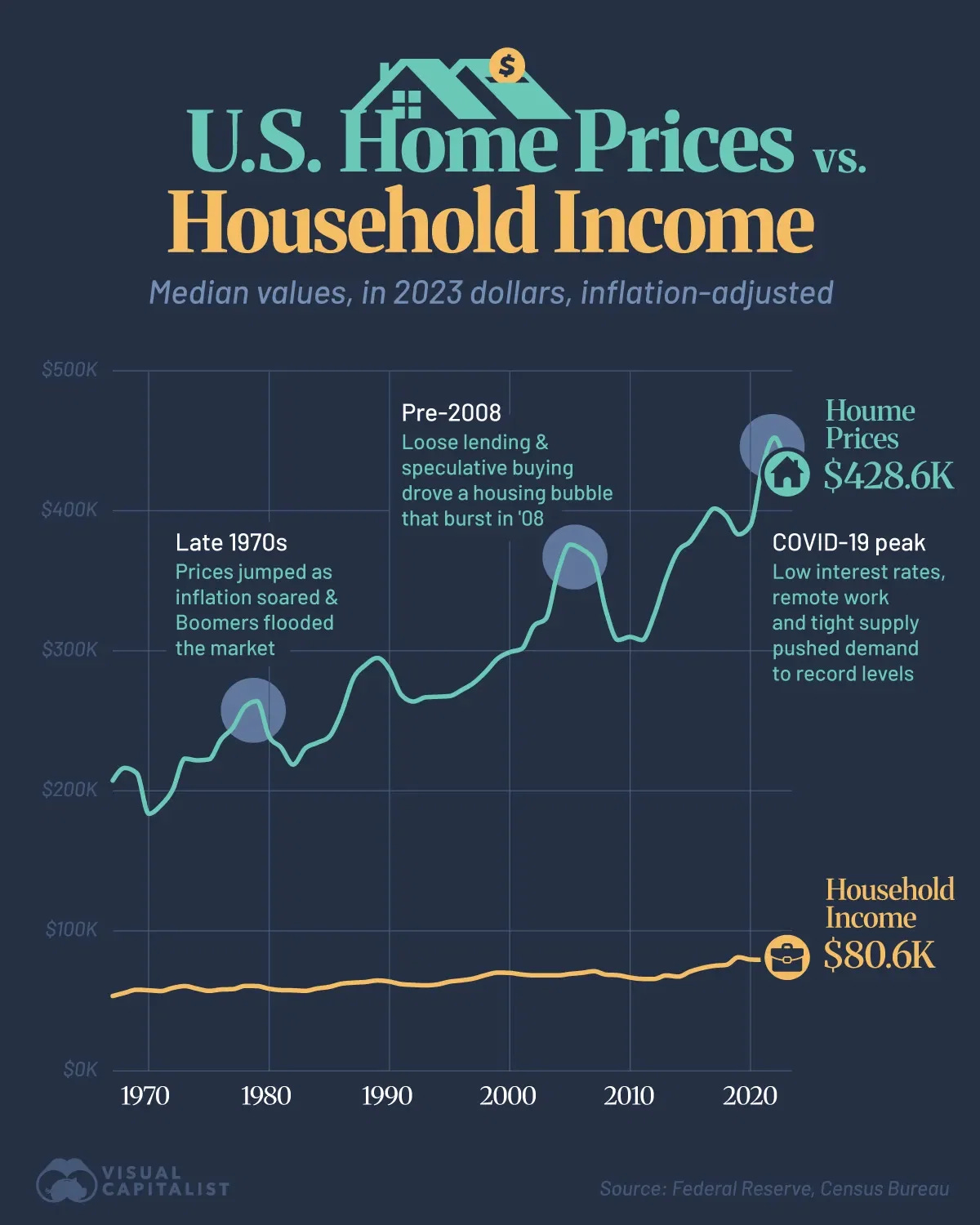
They were educated in a school and college system which is overwhelmingly female (77% of American school teachers are women). I don’t bring this up to criticise female teachers or suggest they are not as good as men; many female teachers are great at teaching mathematics, music, geography and history. But it’s just harder for women to teach boys how to be men.
As a result of the growing feminisation of education and society at large, many young men were not taught to channel their aggression, anger and competitiveness into productive activity. They were instead taught to suppress these natural male urges. And as any therapist will tell you, you can’t keep the things you suppress down forever.
Gen Z men spent their entire formative years lagging behind women in education and now earnings (young women without children outearn men).
And for the entirety of this time, they were told that “all men are trash”, “the future is female” and that they were to blame for every ill of humanity. It may be true that women haven’t always had a fair deal in society but that was never the fault of 15-year-old Zoomer boys, who understandably bristle at being held responsible for something they neither created nor benefitted from. And because they’re white men, nobody cares about their problems.
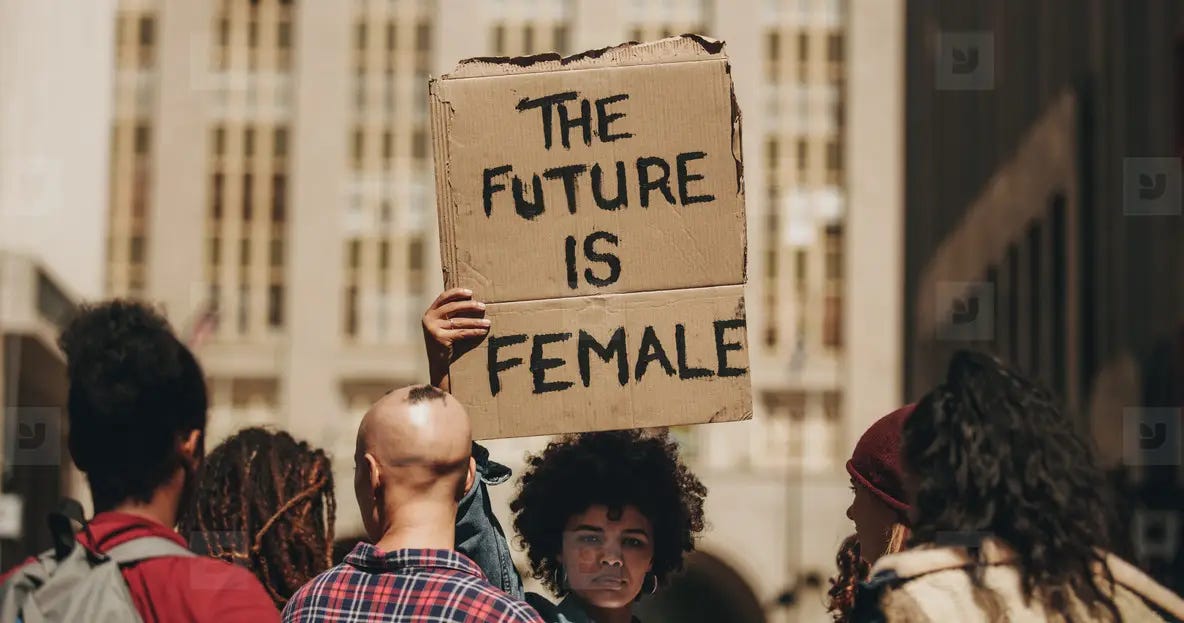
Is it really a surprise that some of them are resentful, angry and openly rebellious?
This perfect storm of alienation and the dearth of male guidance presents a lucrative opportunity for a new breed of influencer. Unlike fathers, uncles, male teachers, sports coaches and so on, Fuentes is not motivated by a desire to make a positive impact on the lives of the boys who listen to him. A father is incentivised to raise his sons in a way that makes them resist their worst instincts. As an influencer who makes money getting views online, Fuentes is incentivised to do the exact opposite.
But the reason Fuentes delights in saying Hitler was “very cool” is not only a transgressive revolt against the puritanical “gay race communism” rammed down his generation’s throat during the woke era and a desire for clicks.
It’s also because to a generation which lacks the deeply-ingrained taboo against fascism, there is no reason why fascism wouldn’t be the answer. Some of their great grandparents thought fascism was a great idea for many of the same reasons they do!
Don’t believe me? Look at the other side of the political spectrum. The British and American Left is rapidly rediscovering its love for communism. Old ideas - and old hatreds - are returning across the Western world. No matter their views on illegal immigration, nobody who understands history can hear the AfD chanting “Auslander Raus” in Germany without feeling at least some instinctive discomfort.
I have called this faction the “Woke Right”. It is a term many are desperate to argue with me about, but few deny the phenomenon I am describing: a white identitarian movement which, like the Woke Left, believes in oppressor-oppressed dynamics, racial justice and a conspiratorial force holding them back. On the Woke Left, the root of all evil was the patriarchy, imagined as a cabal of white men whose sole purpose was to deny equality to women and minorities. On the Woke Right, it was initially the globalists, but, as I predicted in this article it has now evolved into simply “the Jews”, who are responsible for the suffering of the disadvantaged and demonised white man.
This is what people actually mean when they talk about the collapse of the post-WW2 order. Shocked by the desolation caused by that war and the evils of fascism, and coming so soon after the “the war to end all wars”, the West decided it might be a good idea to lay down some spoken and unspoken rules about what we can and can’t do.
One conclusion was that we let down a persecuted minority and we must never do so again. By the mid-1990s, the conclusion remained but the rationale began to slip from our collective memories. The lesson of the Holocaust became quasi-religious dogma, culminating in the deranged notion that “no human is illegal”. The result was mass uncontrolled immigration into every Western country for the ensuing decades.
Another was the increased focus on compassion and inclusion. It’s baddies like Hitler that are obsessed with strength and purity, went the logic. Therefore, we must instead embrace empathy and diversity. This is what historian Tom Holland means when he says that we no longer ask “What would Jesus do?” and instead ask “What Would Hitler Do?” and then do the opposite.
These well-intended norms have now been taken to such extremes that they increasingly produce extreme results such as open borders, legalised crime, rampant homelessness and gender ideology.
The backlash against all of this was eminently predictable. So much so, that many of us have warned for many years that wokeness would produce an equal and opposite reaction on the right. How could it not? Did you really think that telling one group that they’re bad because of their sex and skin colour while celebrating and promoting other groups for the same traits would not produce an identitarian backlash?
In any case, “Groypers”, as Fuentes fans are known, are not conservatives. They are the voice of a generation which feels ignored, mistreated and unfairly maligned. They don’t want “small government”, they want revenge.
The bulwark against this voice of Cain was shot in the neck and killed on a college campus a few weeks ago. Charlie Kirk was single-handedly leading the Zoomer Right away from bitterness and resentment, towards God, family and service. How and whether the remaining principled conservatives try to resolve this attempt to take over their movement remains to be seen.


